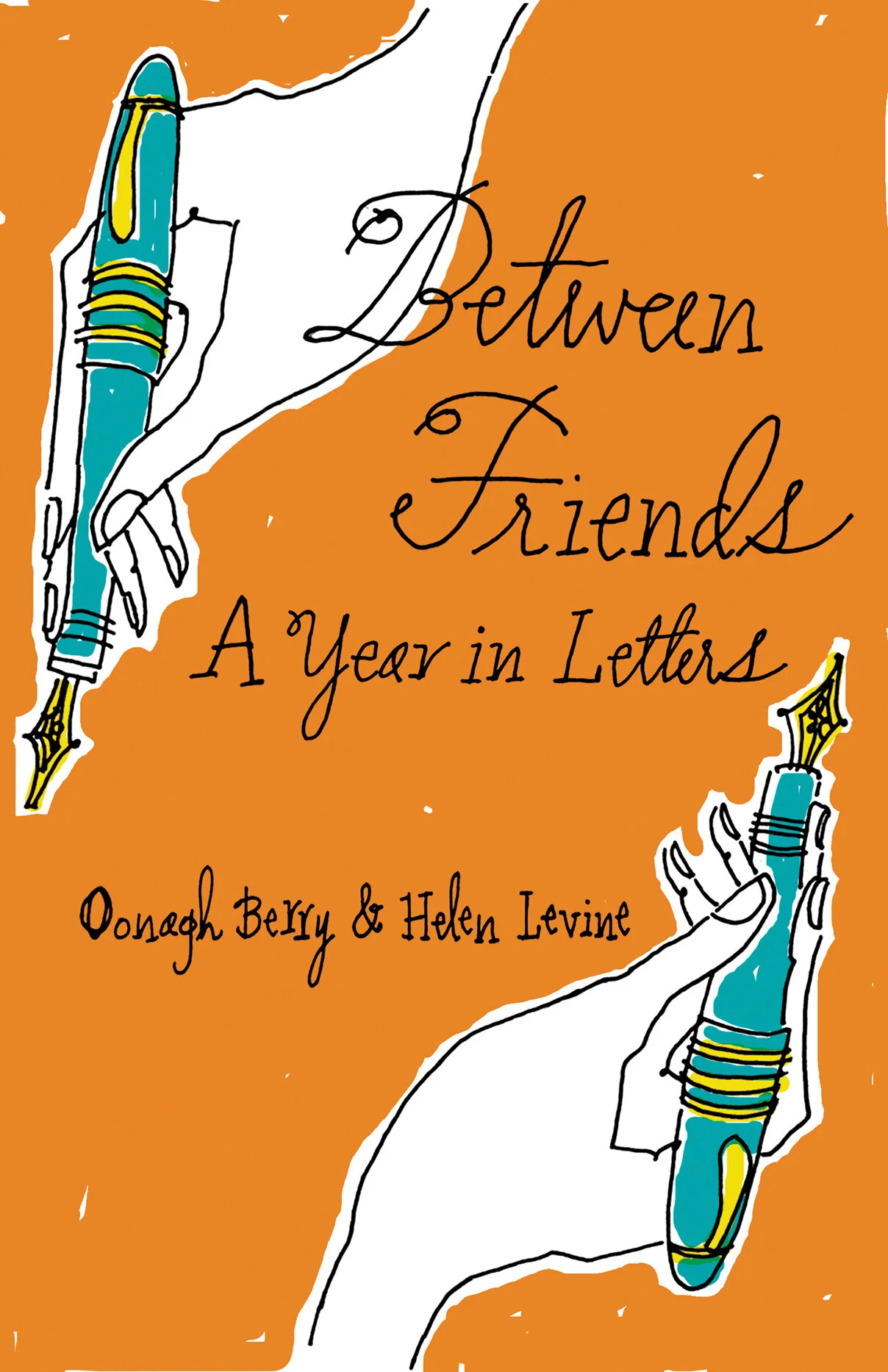A Warrior’s Line of Defence: R. Gary Miller is Standing Firm, Brush in Hand
/By Sarah Vance
Gary Miller in action, painting in Bancroft. This medicine woman is a Blood Pagan of the Sioux Nation from Alberta. Miller was fortunate to meet her at an ecumenical conference in the 1970’s when he was child.
It is by persevering in spite of trauma, that survivors show us both the inextinguishable strength of our humanity, and the suffering so deeply inter-woven throughout it.
R. Gary Miller is one such survivor. A Six Nations Haudenosaunee of Cayuga lineage, Miller was born in 1950, in Grand River Territory. A blonde, blue-eyed baby, he was only 24 months-old when he was taken from his mother, Norma Jean’s arms in their family longhouse, and placed into the Mohawk Institute Residential School. There he was to spend the next 11 years separated from the language of his birth family and the teachings of his culture.
Miller’s painting depicting a traditional shoreline offers a historic view of pre-colonial village life.
Growing up in the 1950’s, Miller was called “Shaganosh” by fellow students, an Ojibway word for a “white” person that also translates to mean exterminator.
The word exterminator didn’t come that far from the truth. His appearance created a sense of isolation and alienation that he attributes to residential school traumas, and Miller grew up fighting because of it. Years later, in a Burlington high school he would harness his strengths and discipline to become an acclaimed heavy-weight wrestler. But there were barriers he couldn’t break, such as under-age drinking charges that prevented him from competing at a world championship level.
Miller said, “I looked like Whitey Ford, a pitcher for the Yankees, and I suffered within my community because of looking white.” While Miller rarely returns to his territory, on his right arm, a tattoo of the Six Nations Wampum Treaty is etched like a broken promise.
“This wampum treaty was stolen from Six Nations and it’s at the Smithsonian, in Washington,” he says. “We can bless more wampum and trinkets, and make them by the road side if that’s what’s needed for reconciliation, but anything else, than the return of our children, is,” in his opinion, “an act of war.”
If these are strong words, consider the strength needed to survive a childhood riddled by the grip of hunger, hard labour and abuse. The Mush Hole, as it came to be known, colloquially after the powdered cereals fed to the children, is a school haunted by such hungry questions.
Lilies on a pond: “Painting is an unspoken and largely unrecognized dialogue, where paint speaks silently in masses and colours and the artist responds in moods.” – Gary Miller.
“We were given one egg a year, at Easter, but that is the only solid food, the only protein we would eat for that year,” said Miller. It was by escaping at night, on foot to the Six Nationslandfill, that he would gain some reprieve, as he picked through garbage for boxes of taffy that he would stash in the corn fields, to eat later. But there were other traumas that he could not escape which continue to present daily challenges to his presence of mind.
Almost 50 years later, on October 30, 2017, Miller was issued a letter of apology by the Huron Diocese of the Anglican Church, but it had done little to heal the cognitive dissonance haunting his memories and imprinting the canvases that now bring him fame.
Today, Miller fights for Indigenous children with his paint brush and, for him the visual arts have become a tool for achieving a “re-direction of pain into another energy.”
Gary with his son, Liam. While Liam inherited his father’s blue-eyes, his childhood view of the world was formed with familial love in his gaze.
As a teenager Miller would become acquainted with his father, and after graduating high school, Miller attended the Ontario College of Art. There he would meet like minds, painting alongside Arthur Shilling and Norval Morrisseau and cultivating a post-expressionist, neo-fauvism style that uses collisions of colour and texture to achieve stirring impact.
Locally, in 1988, Miller was commissioned to record the arrival of the United Empire Loyaliststo the Quinte Region, in a series of six painting that were unveiled by the Honorable Flora McDonald, the Canadian Minister of Communications, and which remain at Belleville’s Loyalist College.
But it is the subversive 2008 installation, “The Mush Hole Remembered,” detailing his experiences at the Mohawk Institute, and showing the haunting intersection between early childhood trauma and artistic expression that solidified his fame as a visual artist. This work is significant in the Canadian psyche because it was Miller’s call to action, that would come close to ten years before the Canadian Truth and Reconciliation Commission released an Executive Summary along with 94 "calls to action" regarding reconciliation between Canadians and Indigenous peoples in June 2015.
The Mush Hole exhibit is designed in sections. First it takes the viewer’s gaze into the evocation of Six Nations culture, then through the machinery of genocide that haunts Canada’s history, and finally, into the deeply personal images that have constituted Miller’s ongoing struggle towards survival. Curated by Dr. Neal Keating, a Professor of Anthropology and Political Ecologist, it is recommended that a grief trauma therapist be present at unveilings.
Miller’s imagery has given voice to the inter-generational trauma of families whose children stood down, fled on foot, and those who were captured by the RCMP who came with guns and priests to apprehend children from the arms of their parents. Today, The Mush Hole Rememberedis a mobile exhibit that has helped situate Miller on the international stage, with his canvases featured by the Incomindious Human Rights Education Network (IHREN) in Zurich, Switzerland.
Beautiful coloured trees: “Paint is fluid and it is rock, it flows. It is liquid rock!” – Gary Miller.
Miller’s deeply layered canvases have established him to be a warrior and a truth teller, “I see and feel everything in colour, discordant colours,” says Miller. “I paint in vibrant, vibrating, colours. Like Fugitive Yellow, Alizarin Oxblood.” This discordance of colour is perhaps evocative of the dissonance within his neuroplasticity, and that is evident in the quick, firing of his thoughts when you speak with him. People notice that he often speaks with the cadence of a poet, in long soliloquies that flow through his stream of consciousness.
“When you deconstruct a cloud for example, they are never white, they are mixtures of browns and greys. Usually mauve,” says Miller. “Discordant colours in painting are not complementary.” Miller’s paint palette is thick with the weight of images past, and must weigh close to fifty-pounds. When asked why, Miller replies that, “Lucien Freud, liked a lot of paint and his palettes were heavier.”
Miller uses a lot of paint on his canvases, leading to a deeply textured and motioned effect.
“What a canvas looks like at one in the afternoon is one thing, but what it looks like at 5:00 p.m.,” says Miller, “Now that is a completely different thing.”
Autumn leaves, painted in Ormsby, Ontario in oil.
Miller continues to believe that there can be re-direction of his pain through art, and sometimes he accomplishes this in “plein de l’air” by painting landscapes on his property near Coe Hill, in Ormsby, where he lives with his family nearby. Miller credits his family life to having provided a stabilizing influence. And although life has not been easy for Miller, it has brought catharsis.
For Miller, catharsis has been achieved in a re-direction of pain into painting. It is woven into his gaze, and his choice of subjects. It runs through his deep mastery of post-expressionist technique, form and brush stroke.
When speaking with R. Gary Miller, it becomes clear that the impact of residential schools on our collective culture is only just beginning to be understood, and that this impact has yet to be grasped within the consciousness of our developing nation.
Miller is known to say, “If we lessen the guilt then the pain will ease. The fruits of destiny are nourished with the roots of the past.”
Put simply, it ain’t over. R. Gary Miller is standing firm, brush in hand.
More information about R. Gary Miller’s work (in particular his “The Mush Hole Remembered” series) can be found on his website www.rgmiller.ca and within the restorative spaces of the Woodland Cultural Centre, (the re-appropriated Mush Hole) in Brantford, Ontario. (Please note that some of his paintings and subject matter depict sensitive topics which could be upsetting, especially for young children, therefore adult supervision and discretion is strongly recommended.)








































